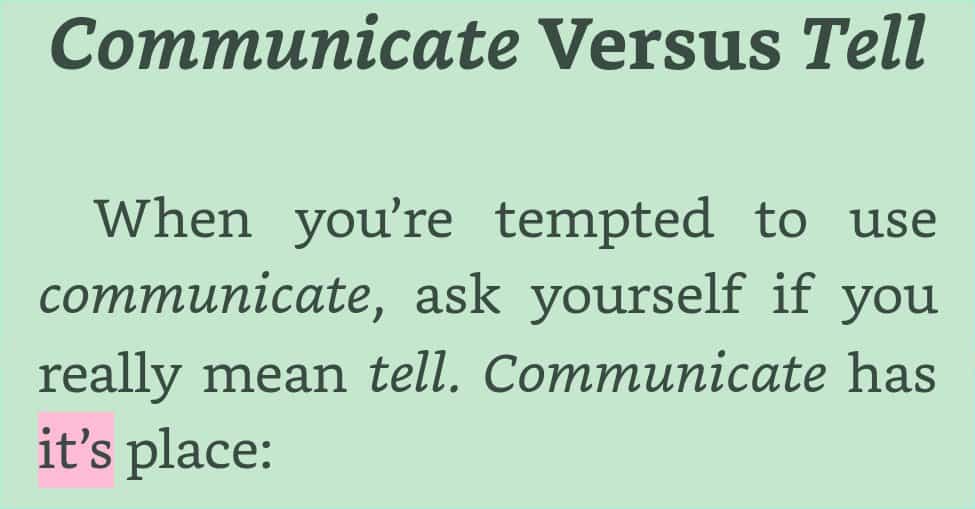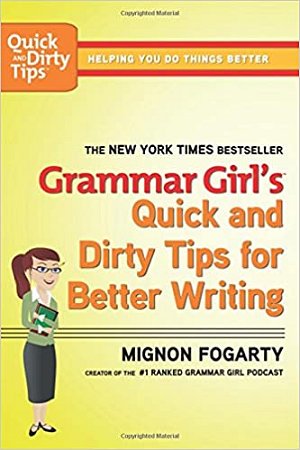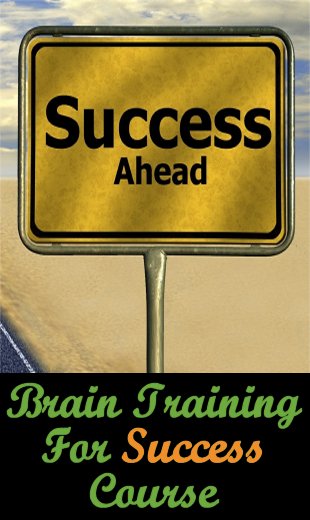A Review Of Grammar Girl’s Quick and Dirty Tips for Better Writing
I have recently started writing more on Medium, including some flash fiction on a publication called Microcosm.
After having submitted stories for five prompts – there is a new writing challenge each week – Zane, the creator of that publication, contacted me and asked if I would like to be an editor (the first, in fact, apart from him).
I accepted, of course, because that will not only expose me to more writing by other people and improve my own skills, but also allow me to help other writers. That’s not to say I consider myself an accomplished or expert writer at all – but as they say, in the land of the blind, the one-eyed man is king.
In one of our earlier emails, Zane referenced a book that he thought might be worth reading. (It was actually recommended to him by the editor of another Medium publication dedicated to flash fiction, Centina Pentina, which I plan on submitting to soon also.) The book in question is Grammar Girl’s Quick and Dirty Tips for Better Writing.
I was aware of Grammar Girl, having come across several of her articles when I was searching for answers to a few grammar-related questions, but I didn’t know she’d written a book, or that her real name was Mignon Fogarty.
I bought the Kindle version of her book, as is my preference, and have just finished reading it.
Firstly, I think it’s worth pointing out that it covers a lot of ground, which isn’t surprising given that English is a complex language with many nuances.
It’s split into the following nine chapters:
- Dirty Words
- Grammar Girl on Grammar
- Let’s Get It Started: Starting a Sentence
- Punch Up Your Punctuation
- Big and Tall: Capitalization
- Prozac for Pronouns: Getting the Stuntmen of Language Under Control
- Internet Intervention
- I’m So Stylish: Style and Writing
- Work It
Each of these chapters discusses many different aspects of that topic, and then there are a few appendices that provide additional information, references, and a quick and dirty summary of the quick and dirty tips.
And that brings me to the second reason I love this book. Each point is made succinctly, with no droning on and tons of technical language as you’ll find in textbooks at school (assuming they still teach grammar, of course).
Third, I love the way it combines a business-like approach with a chatty and humorous style.
Fourth, as a long-time fan of mnemonics, I appreciated the many aide-mémoires to help you remember which word to use on which occasion.
So, did I learn anything?
Yes, I did – not an awful lot, but there are good reasons for that:
- I’m in my 60s and have been a voracious reader and part-time writer for most of my life.
- I have read several grammar books even after leaving school – i.e. it was by choice and not because it was on a syllabus – such as the popular Eats, Shoots And Leaves which was first published back in 2003.
- My last “real” job involved reviewing other colleagues’ work, and that included a degree of proofreading and editing (e.g. for clarity). My policy was never to suggest a correction unless I was positive I was correct. And I was a bit of a pedant, as my workmates would tell you. This is why I frequently referred to a dictionary and a grammar book (Fowler’s Dictionary of Modern English Usage, which is also recommended by Grammar Girl).
The only slight drawback to me was that her book focuses primarily on American English whereas I am British (albeit having lived in the USA for 15 years now). Having said that, Mignon does highlight some of the differences between the two versions of English.
Many of those differences were ones I was already aware of, having discussed English usage with my late wife on many occasions, especially after I first arrived here.
Others I accept for what they are, even though I find them jarring on occasions because I think the British got it right. (One example is where to place terminal punctuation when a quotation ends a sentence.)
And, since it’s almost impossible for me to read a book without my proofreader’s hat on, I have to say I did find one instance of one of the most common mistakes in English:

But I suppose everybody is allowed one mistake – even in a book about grammar! 🙂
Conclusion
Overall though, I think this would be a great book to have on any aspiring writer’s physical or virtual bookshelf.
It’s worth remembering though that this book does not claim to be a replacement for some of the more standard books on grammar and style, such as The Chicago Manual Of Style or The Elements Of Style (often known simply as Strunk & White). It is, as the title says, a series of quick and dirty tips.
As I said, I bought the Kindle version. I prefer those because of their portability (I usually have my phone with me) and the highlighting and note-taking features.
However, it’s worth bearing in mind that the extensive index at the back of the book is not hyperlinked in the 2008 edition I have, which I think is a mistake. Of course, you can use the search feature to find what you’re looking for, which partly compensates for that omission. (In the paperback edition, it appears the index does contain references to pages, as you would expect.)
Mignon also has a podcast, which is how the whole Grammar Girl and Quick And Dirty Tips thing began. I have not listened to any of those shows, not because I don’t like hers but because I don’t like podcasts in general – it’s simply not a format that works well for me. However, you may like it, so here’s where you can find it (and her other podcasts):
https://www.quickanddirtytips.com/podcasts
In summary, I highly recommend you get yourself a copy of Grammar Girl’s Quick and Dirty Tips for Better Writing – it’s informative, fun, and easy to read.
Additional Resources
These are suggestions for those who wish to delve deeper into any of the above:
- Centina Pentina
- Eats, Shoots And Leaves
- Fowler’s Dictionary of Modern English Usage
- Grammar Girl’s Quick and Dirty Tips for Better Writing
- Microcosm
- The Chicago Manual Of Style
- The Elements Of Style








